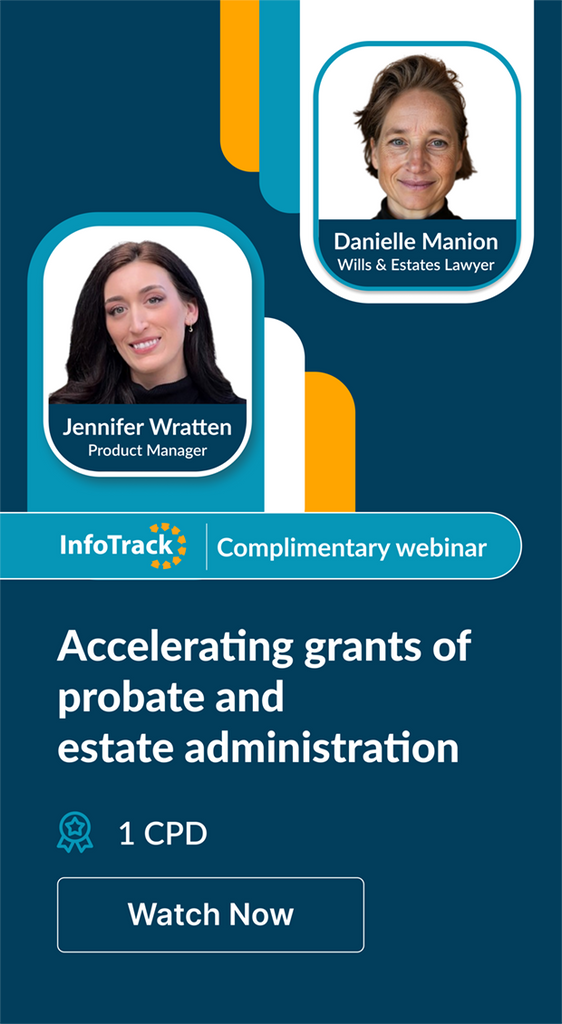
Preventive Health Care: Heart of the Matter
With the stresses of the current state environment, it has never been a better time to ensure your personal wellbeing.
High levels of stress are correlated with other health issues, often leading to serious social, psychological and physical health issues if they are not treated promptly. While we are exposed to stress every day, from work and personal lives, it is important that we take preventive measures to maintain a healthy lifestyle, for the benefit of ourselves and those around us.
The heart is the key organ we have focused upon in the article and we have shared the latest commentary of Doctor Warrick Bishop, a practising cardiologist, best-selling author, and keynote speaker who is passionate about preventing heart disease on a global scale.
Why is it important to focus our attention on preventative heart health
Unfortunately, many of us are far better at looking after our material possessions than ourselves. We often think that we are indestructible. We should be focusing on good maintenance and prevention and shift from responding to problems to preventing problems - we would all agree that an ounce of prevention is worth a pound of cure.
What are the risk factors impacting our health and our risk of a heart attack
Everyone is aware of the common risk factors particularly such things as smoking, poor diet, being overweight, raised blood pressure, diabetes, and pre-diabetes together with significant family history and potentially even raised cholesterol. Apart from the obvious physical risk factors, we also know that stress and depression can contribute significantly to the risk of a heart event. Recognising these risk factors is extremely important but it’s also very important to realise that age is an important risk factor of its own and as men reach 50 years of age and above and women 60 years and above they move into an intermediate risk category of heart disease and are at a perfect time to reflect on the risk and seek a more formal risk assessment.
What lifestyle changes should we be looking to change to live longer and happier lives
A healthy and happy life is the combination of good health prevention and good mental health. There is no doubt that reduction of stress, being in a good and loving relationship, being satisfied at work, and having a sense of purpose and worth are critical to the quality of life. When it comes to physical health, regular exercise of its own is as good an anti-depressant for mood. Maintaining a healthy weight ensures good mobility and less wear and tear on the joints let alone the impact that extra weight can have on blood pressure, risk of diabetes, obstructive sleep apnea, and decreased energy levels. If overweight, seeking medical help to reduce that weight would be an important starting point. If stressed, working with your loved ones and, if necessary, seeking medical help to find strategies to alleviate that stress will make a mountain of difference in the quality of life.
What kind of early detection can be used to help prevent heart attacks
Will this require government funding? A very exciting and relatively new development is the opportunity to undertake 3-D scanning of the heart to look at the health of the arteries in someone fit and well before they have a problem. This imaging of the heart is done with CT scanning and can be an incredibly invaluable early detection tool, helping to plan the best possible strategies for an individual based on their specific results. In many situations, this sort of testing becomes appropriate for men as they reach 50 years of age or just beyond or for women at 60 years of age or just beyond. Currently, there is no Medicare rebate for this testing however it does represent an excellent investment in personal health care and if one wanted to compare prices, it would cost less than a new set of tyres for your car.
How prolific and fatal are heart attacks in Australia
Heart attack is one of the major causes of mortality and morbidity within the Australian community. There is a heart attack occurring less than every 30 minutes with over 50 people per day being affected. Concerningly, one in six heart attacks present as sudden cardiac death. Men are impacted approximately one decade ahead of women and a staggering 20% of all heart attacks occur in patients under 65 years of age with this group disproportionately represented by men.
Are heart attacks preventable? If so, how can they be prevented
In the perfect world, all heart attacks could potentially be prevented. The requirement to do this, however, is being forewarned of who is truly at high risk and being in the position to put in place strategies to reduce that risk. The opportunity to undertake 3-D scanning of the heart and look at the health of the arteries before a patient develops any symptoms at all is a golden opportunity to identify the high-risk people who could then receive the best possible risk reduction care with appropriate clinical evaluation and avoid a heart attack altogether. We are completely comfortable with the idea of bowel cancer screening to identify bowel cancer early and save lives, we are also completely comfortable with the idea of mammography to identify breast cancer early and again save lives. It is a matter of awareness that we need to become comfortable with looking at the health of the heart arteries using 3-D scanning to save lives from heart attacks.
What steps should we take immediately to reduce the risk of a heart attack
Being aware of stress or depressed mood and seeking help for this is an important starting point. Recognizing obesity and seeking medical help to address this together with regular checkups with the general practitioner to follow cholesterol, blood sugar levels, and, of course, blood pressure should also be followed through. After addressing the physical and emotional risk factors for heart attack, it may also be relevant for an individual to consider getting imaging using a 3-D scan of the heart to look at the health of the arteries to be most precise in guiding any further interventions and care.
What are the warning signs to look out for before a heart attack occurs
Although this is a very important question, it detracts from the importance of a preventative approach and knowing what’s going on with the arteries well before symptoms arise. A scary statistic is that for a significant number of patients, the very first symptom they have is a heart attack, and for a good percentage of them, they don’t survive. This means that if we wait for symptoms to develop before we are proactive about getting our heart checked, it could just be too late. Any sensible approach to the reduction of heart attack has to start with a recognition of the risk factors and, if appropriate, an assessment of the health of the arteries using the best available modern technology to acquire 3-D images showing the health of the arteries. Having emphasized the importance of prevention, any change in exercise capacity, development of shortness of breath, and chest tightness that could also be felt into the shoulder or left arm or even up into the neck and occasionally into the back should all raise suspicion and trigger an appropriate medical review.
What are the symptoms of a heart attack
For men, central heavy chest pressure or discomfort is characteristic. The patient may report sweating, shortness of breath, lack of energy, and, of course, in some situations, collapse. It is important to remember that women sometimes present slightly differently and may have symptoms that are slightly less prominent and often can be miss diagnosed as gastrointestinal or indigestion. These could include unusual pain in the neck, chest, shoulder, jaw, abdomen, and/or through to the back, feeling short of breath, sweaty, racing of the heart or feeling of “fluttering”, lightheadedness, nausea, and vomiting. Unexplained symptoms in the chest regardless of their nature should always lead to an immediate medical evaluation.
If someone suspects they are having a heart attack, what should they do
Dial Emergency Services
Can you explain what is happening when someone has a heart attack
A heart attack is a layman's term that we use to describe the process by which one of the arteries that supply the muscle of the heart is blocked suddenly by the formation of a clot within the artery at the site of a cholesterol plaque. The lack of blood flow to the muscle stops it from working properly with shortness of breath and lack of energy, and the pain felt from lack of blood to the heart and the ensuing damage that begins to occur. If the muscle is not working properly, the blood pressure can drop, and the impact on the heart triggers the body‘s nervous system often making the person sweaty and clammy. At times, the lack of blood flow to the heart can lead to electrical instability within the heart and that can progress to an unstable rhythm that can lead to death. This is called sudden cardiac death, it is in this situation that response to automatic external defibrillators (AEDs) can stop the chaotic rhythm and reboot the heart back to a normal rhythm - so saving a life.

Dr Warrick Bishop heads the Healthy Heart Network which has developed the Virtual Heart Check portal where people can learn more about heart attacks and their prevention, do a free risk-group assessment and gain access to the new 3D Heart Imaging Scan without the need for GP or specialist appointments or long waitlists.
Also read top viewed Ai Legal article: The Role of AI in Legal Research.





